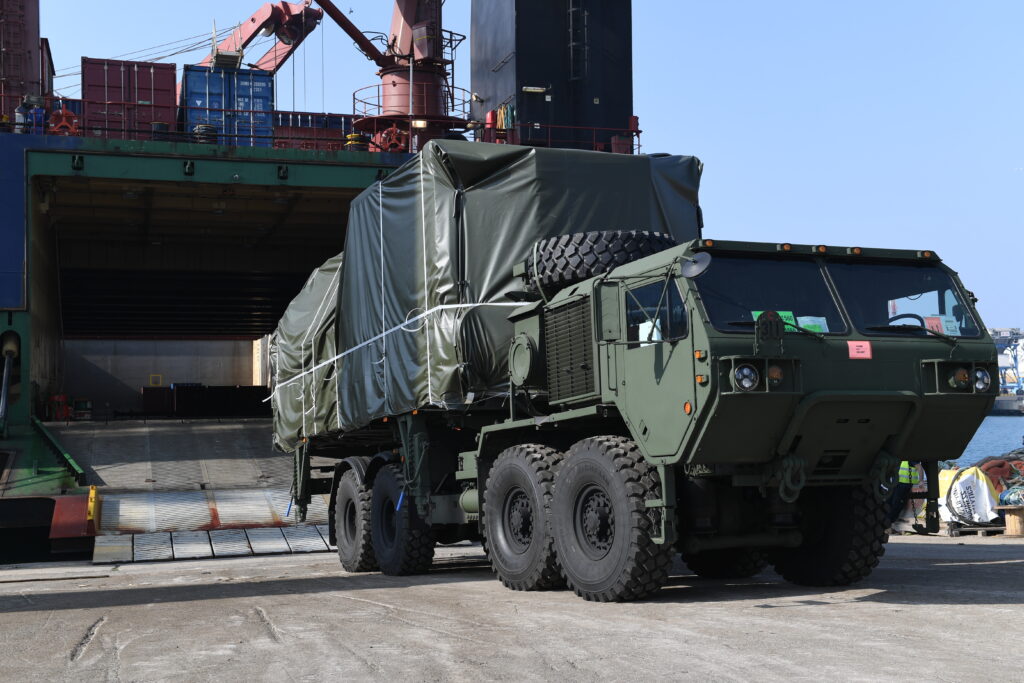
Part of the second battery of the US version of the Israeli Iron Dome missile defense system, being loaded onto a ship for delivery to the US.
WASHINGTON: The US Army’s second battery of the Iron Dome missile defense system is en route from Israel by sea to new units being created at Fort Bliss. That may just be the beginning since manufacturer Rafael and its US partner, Raytheon, want to sell the Pentagon a lot more than two batteries. They’ll need to convince skeptical Army leaders that the Israeli system can work seamlessly with American tech – and shoot down incoming cruise missiles, not just unguided rockets.
Rafael has already integrated the two US batteries – launchers, radars, and mobile command posts – onto made-in-America Oshkosh military trucks. But the bigger challenge is feeding data from US radars and command posts directly to the Israeli-made launchers.
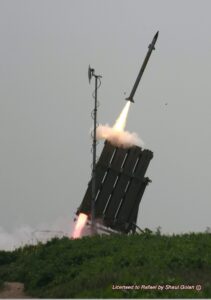
Iron Dome anti-missile system launch
After the Army’s own Indirect Fire Protection program stumbled, Congress compelled the service to buy two Iron Dome batteries, minimally modified for US use, as a stopgap “interim IFPC.” But the Army insists any long-term IFPC solution must run on its brand-new missile defense network, the Integrated Air & Missile Defense Battle Command System, aka IBCS – which is finally emerging from its own long and difficult development program.
“We have a very detailed plan to do the integration into IBCS, to the US system, and to conduct a demonstration [at] White Sands,” in early 2021, Rafael’s Pini Yungman told me. That will be part of a US Army “shoot-off” to pick a missile – or potentially multiple missiles for different targets – for the future IFPC.
Now, the version of Iron Dome in the two batteries now being delivered to the US is not IBCS-compatible, at least not yet. “This is the existing system we are operating in Israel, the same system, with small adjustments for the US requirements,” Yungman emphasized. It includes not only the Tamir missile and its launcher, but mobile command posts and ELTA radars.
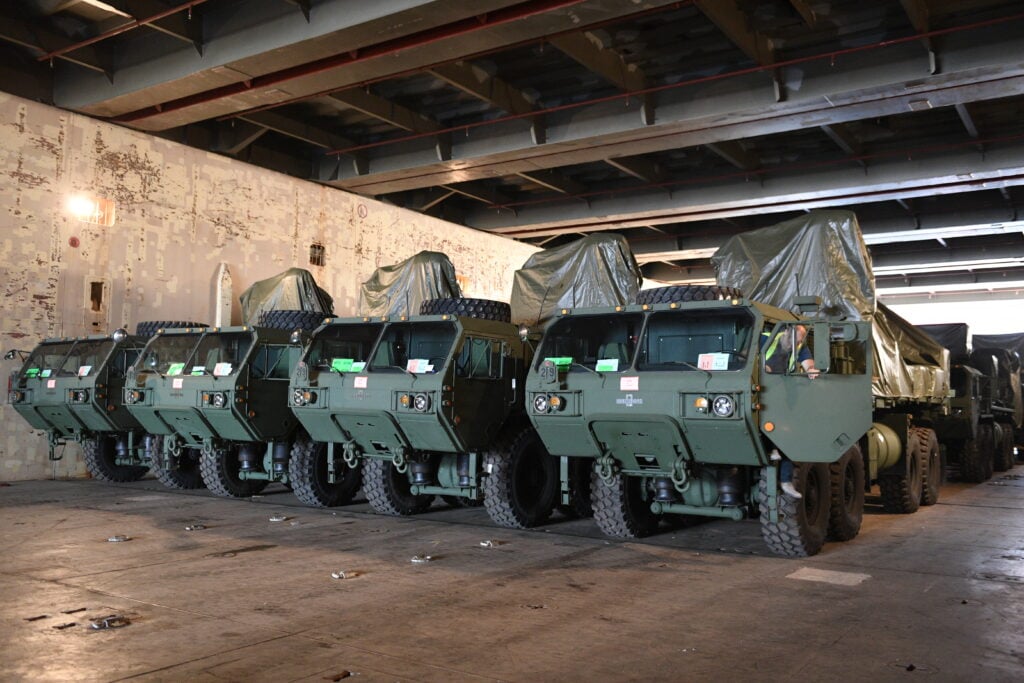
The second battery of the US version of the Israeli Iron Dome missile defense system, loaded onto a ship for delivery to the US.
Raytheon and Rafael are developing a modified version for the shoot-off. It’ll use “the same interceptor, probably the same launcher,” he said, but it will draw targeting data and fire orders from IBCS radars and command posts, not Iron Dome ones.
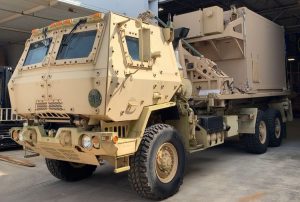
The mobile command post for the Army’s new IBCS air and missile defense network.
Yungman, Rafael’s executive VP for air and missile defense, is a one-star Israeli Air Force general in the reserves with 15 years of service, especially in missile defense units. He previously ran Rafael’s program to build David’s Sling, another Israeli missile defense system that operates at higher altitude and against faster targets than Iron Dome. Last month, Rafael announced that David’s Sling had conducted successful live-fire tests, engaging simulated targets alongside Iron Dome, at low altitude, and Arrow, which intercepts above the atmosphere. That will give Israel a broad umbrella of anti-missile systems.
But getting three such disparate systems to work together is both technically tricky and tactically vital. Potential adversaries like Iran, let alone Russia or China, can launch massive mixed barrages of unguided rockets, drones (large and small), cruise missiles (both subsonic and supersonic), and ballistic missiles – attacking on all fronts at once to find a gap in the target’s defenses.
But integrating three Israeli systems – two of them built by the same company, Rafael – is a very different challenge from integrating an Israeli system with multiple US ones. No less a figure than the four-star chief of Army Futures Command, Gen. Mike Murray, told me last fall that it would be “exceptionally difficult to integrate Iron Dome into our layered air defense architecture [and] to get Iron Dome talk to other systems, other radars, specifically the Sentinel radar… What you’re probably — almost certainly – going to see is two standalone systems, and if the best if we can do is standalone systems, we do not want to buy another two batteries.”
Instead, the Army’s civilian acquisition chief, Bruce Jette, told me he urged Rafael to enter Iron Dome’s Tamir missile in the 2021 shoot-off.
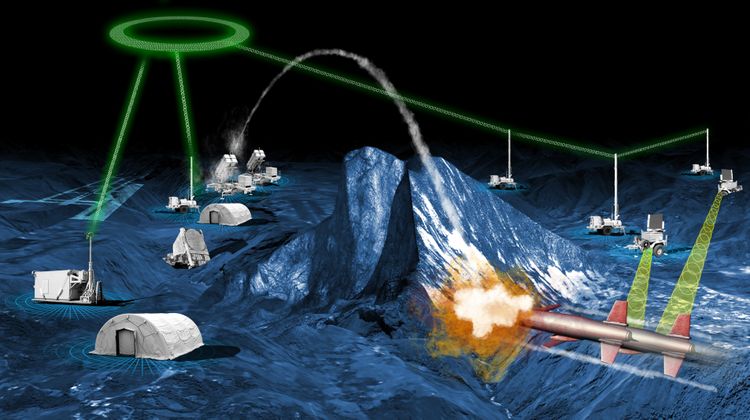
The IBCS network connects previously incompatible radars and launchers into a unified air and missile defense system (Northrop Grumman graphic)
The Army won’t just be testing compatibility with the IBCS network. It also wants to see how the competing weapons work against a variety of targets, including cruise missiles. Both the Israeli Iron Dome and the US Indirect Fire Protection Capability began life focused on short-range, unguided rockets launched by terrorists and guerrillas, like the Taliban or Hezbollah. Now both programs emphasize the rising threat of precision-guided cruise missiles, which are becoming increasingly common around the world.
Since April 2011, when Iron Dome first intercepted a real-world threat, “we are not sitting in our offices and doing nothing,” Yungman told me. “We are upgrading the performance and the Iron Dome capabilities on a daily basis.”
Iron Dome has intercepted over 2,500 incoming threats since its first live, Yungman told me. But, I asked, aren’t those mostly unguided rockets? “I cannot elaborate,” he said. “It’s classified.”
What Yungman can say: “We are not familiar with any kind of threat… that Iron Dome cannot intercept. It’s not only unguided rockets. It’s missiles; it’s TBMs [Tactical Ballistic Missiles, e.g. Scuds]; it’s UAVs., etc. etc.,” he told me, carefully. “We’ve tested it, and we’ve faced it, and we have operational results — combat-proven.”
The US Army doesn’t have to take Rafael’s word for it: They just have to ask the Marines.
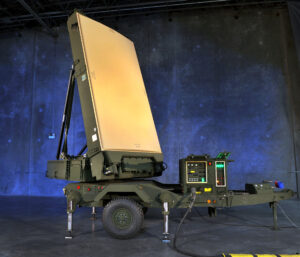
Marine Corps G/ATOR radar, built by Northrop Grumman.
Raytheon, with Rafael as a subcontractor, has already integrated Iron Dome with Marine Corps’ command systems and the Marines’ new G/ATOR radar, complete with a live-fire test in 2019.
“We intercepted” a drone simulating an incoming cruise missile, Yungman said – a supersonic target that skimmed terrain at low altitude to make itself harder to hit.
“This year we will conduct another test with the Marines,” he told me, with a more extensive integration into American systems.
So far, though, the chronically cash-poor Marine Corps hasn’t officially said it wants to buy Iron Dome. Meanwhile the Army is pouring billions into air & missile defense, one of its Big Six modernization priorities, despite congressional cuts to the Indirect Fire Protection Capability. That makes the coming IFPC shoot-off all the more important for the Israelis – and their competitors.
Navy jet trainer fleet operations remain paused after engine mishap
One week after the incident, a Navy spokesperson says the service is continuing to assess the fleet’s ability to safely resume flight.


























